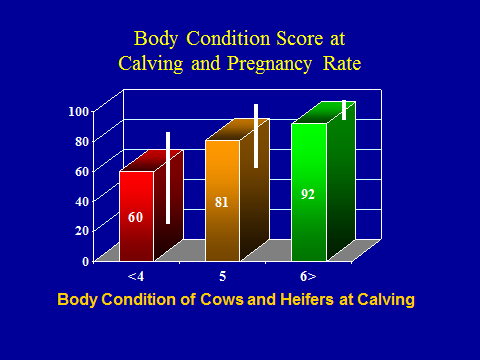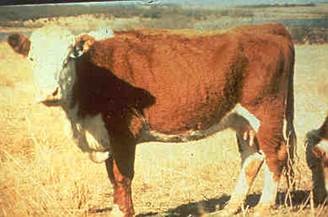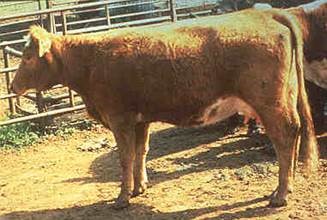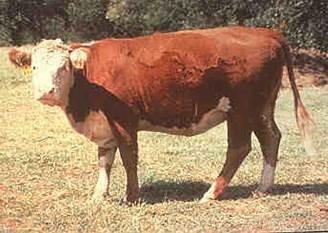From Cow-Calf Corner, a weekly newsletter by the Oklahoma Cooperative Extension Agency.
Sept. 30, 2019
Packing plant fire disruptions fading, Part 1
By Derrell S. Peel, Oklahoma State University Extension livestock marketing specialist
The fire on Aug. 8, 2019, at the Tyson Finney County, Kansas, packing plant caused huge disruptions in markets like a big rock thrown into a pond. With seven weeks passed since then the impacts and resulting ripple effects are clearer now and are fading as expected. This article will explore slaughter patterns and totals after the fire. Hopefully this will help clear up some of the incorrect slaughter numbers reported in some media shortly after the fire.
Despite the loss of roughly five percent of steer and heifer slaughter capacity, the packing industry has done a remarkable job of maintaining yearling slaughter while total industry capacity is pushed very near to the limit. In the week after the fire, Monday-Friday yearling slaughter was down 4.6 percent (a decrease of 22,158 head) but a large Saturday kill resulted in a weekly total slaughter down just 1002 head from the pre-fire week, a decrease of 0.6 percent.
In the second week after the fire, weekday slaughter was down 3.8 percent (18,345 head decrease), but a large Saturday kill brought the weekly total up for an increase of 2,423 head compared to the week prior to the fire. In week 3 after the fire, weekday steer and heifer slaughter was down 11,511 head, 2.4 percent lower, compared to the pre-fire total; but once again a large Saturday total made the weekly yearling slaughter total only 175 head less than the week prior to the fire.
Pre- and post-fire comparisons are less meaningful as more time passes due to the normal course of markets. Comparing an October market to an August market is not helpful. Year over year comparisons show the same pattern after the fire. In the four weeks after the fire, weekday steer and heifer slaughter was down every week compared to the previous year with a range from 0.4 percent less to 2.9 percent less and an average decrease of 2.0 percent. However, Saturday slaughter totals were up anywhere from 14.4 percent to 54.6 percent weekly, with an average 22.3 percent higher year over year in the four weeks after the fire. In total, steer and heifer slaughter in the four weeks after the fire was 2,016,178 head, an increase year over year of 12,562 head (up 0.6 percent). This was accomplished as a result of considerable logistical contortions and extra cost, including big Saturday kills and rerouting cattle to other plants farther away.
Unlike milk markets, where disruption in processing often results in milk being dumped, it is clear that no significant back up of finished cattle occurred despite the squeeze on packing capacity after the fire. Any significant backlog of more than 2 million head of slaughter-ready cattle would have pushed carcass weights up. However, in the four weeks after the fire, both steer and heifer carcass weights were down 4.25 pounds year over year, close to the year to date decreases of 4.97 pounds for steers and 5.46 pounds for heifers. Steer and heifer carcass weights are currently increasing to a seasonal peak, typically in October or November. In the latest data, steer carcass weights were 891 pounds, down 5 pounds from last year while heifer carcass weights were 811 pounds, even with one year ago.
The risk going forward is whether the packing industry can continue to hold slaughter rates high through the end of the year under emergency conditions. Large Saturday kills are not only more costly but cannot be maintained indefinitely. There will continue to be stresses on fed cattle demand and flows of cattle to slaughter until the damaged plant returns to operation. The next article will look at price disruptions and recovery in boxed beef and cattle markets.
Body condition at calving is still a key to reproductive success!
By Glenn Selk, Oklahoma State University Emeritus Extension animal scientist
We can sub-title this article Back to the basics. Very often in this newsletter or other beef cow related communications, the term body condition score is used. It may be time for a brief refresher about this important management tool.
Body condition scoring is a manner of evaluating the fatness and therefore the nutritional status of beef cows. Most small to medium sized ranching operations do not have scales to routinely weigh cattle and determine weight and body condition changes. However, everyone has the capability to visually observe cows from the pickup window or on horseback. Body condition is categorized by a scoring system based on 1 being very emaciated and 9 is extremely obese. Most commercial range cows will be in the middle three scores of 4, 5, and 6.
One of the major constraints in the improvement of reproductive efficiency of beef cows is the duration of the post-calving anestrus period. The anestrus period is defined as the days between calving and the return to normal heat cycles. If cows are to maintain a calving interval of 1 year they must conceive within 80 to 85 days after calving. Body condition at calving time determines to a great extent the re-breeding performance of beef cows in the subsequent breeding season. Body condition at calving tends to determine the number of days before the cow returns to heat cycles. Based on research of mature and young cows from several studies, cows that maintained body weight and therefore ample energy reserves before parturition exhibited heat cycles sooner than cows that lost considerable body weight and consequently had poor energy reserves. Therefore, cows that returned to heat cycles earlier, had more opportunities for heat cycles and ovaluations during the breeding season and consequently have higher conception rates.
Below is a summary of numerous trials illustrating the impact of body condition score at calving on subsequent re-breeding performance in the next 60 to 90 day breeding season.

The bars show the percentage of exposed cows that became pregnant in the next breeding season. The white lines aside the bars illustrate the variation in the rebreeding performance in the trials utilized in the summary. Note a wider range of outcomes in the thinner body condition scores of 4 (or less) and the 5s compared to the cows that were in body condition 6 or greater. This implies that post-calving influences have a greater impact on rebreeding of thin cows compared to those in body condition score 6.
Below are examples of cows in a body condition score 4, 5, and 6.



Body condition at calving greatly impacts the likelihood that the cow will rebreed in the upcoming breeding season and have another calf on time next year.
Cow-Calf Corner is a weekly newsletter by the Oklahoma Cooperative Extension Agency.
